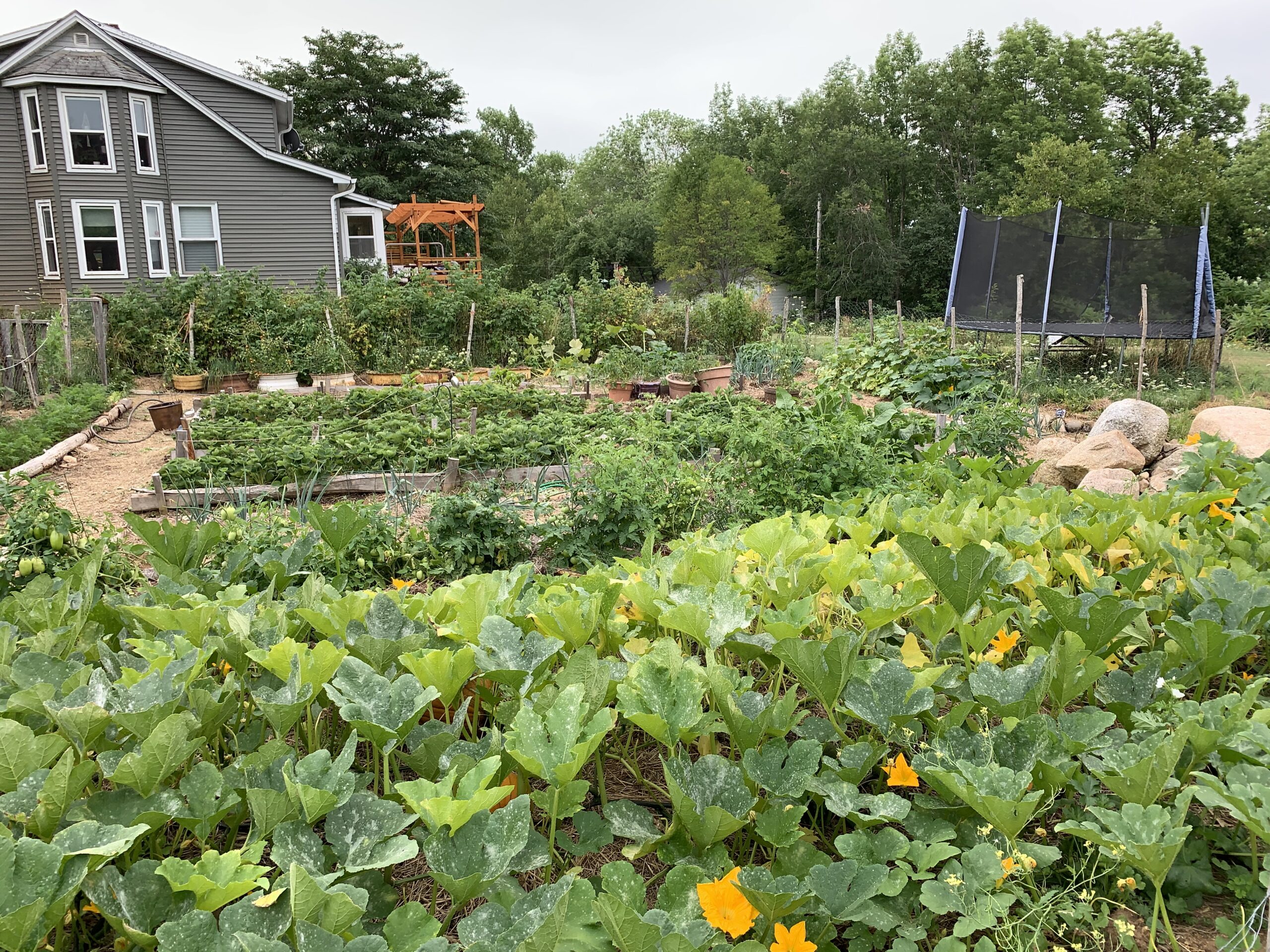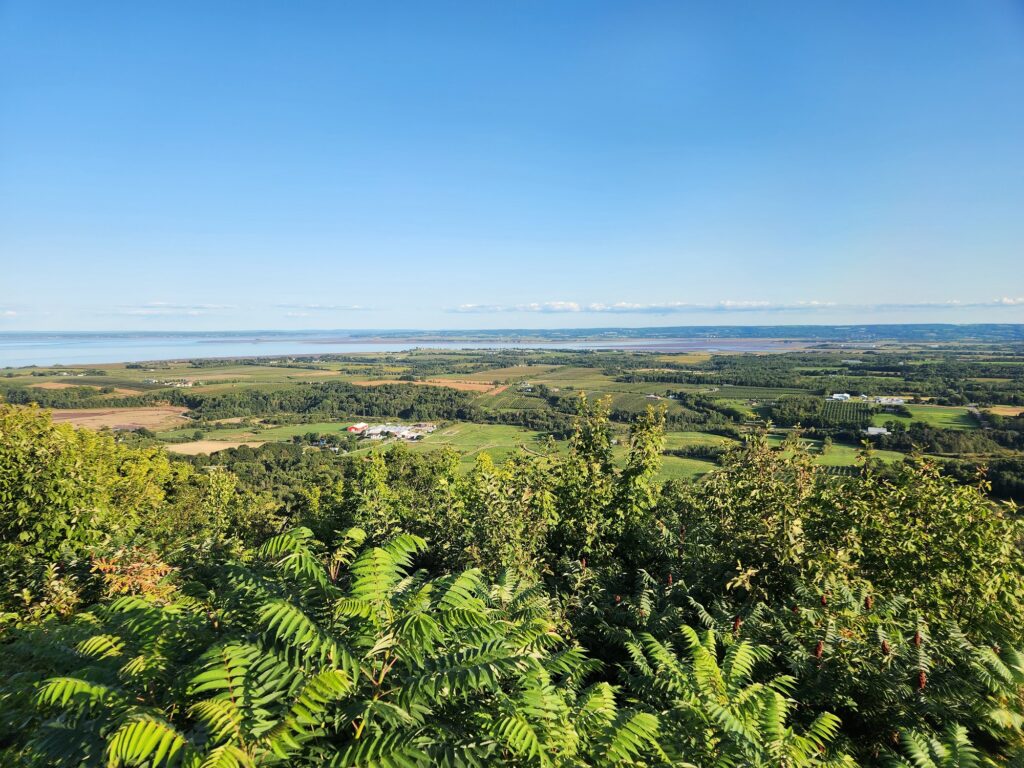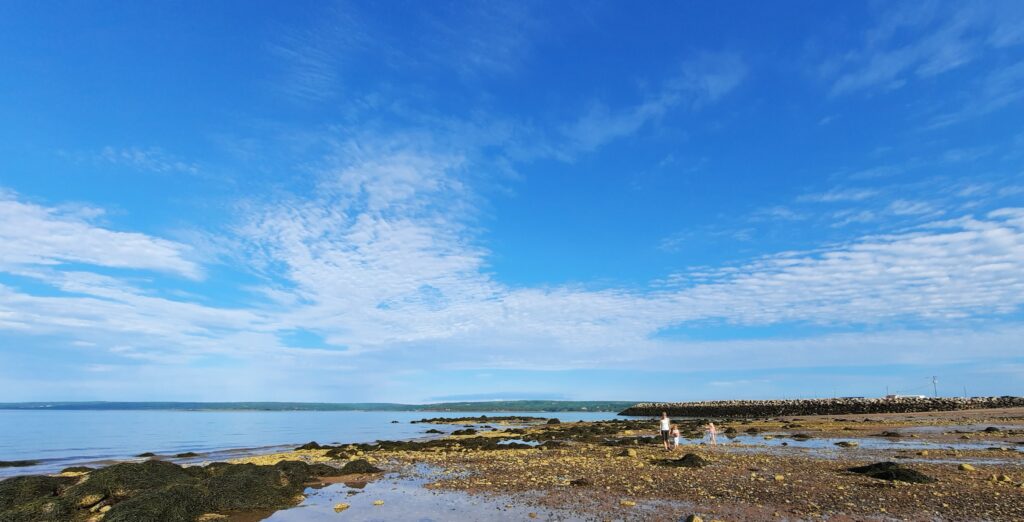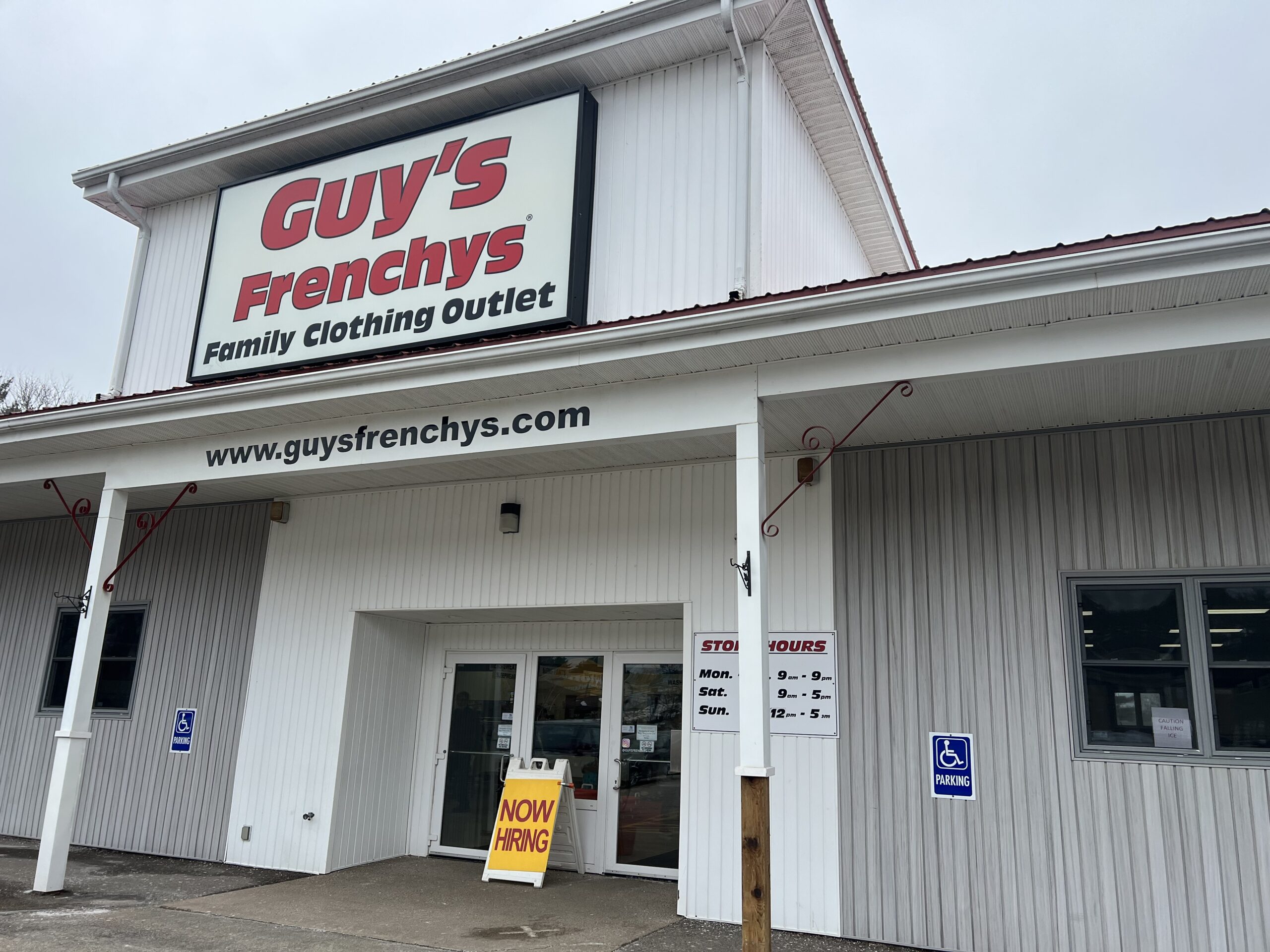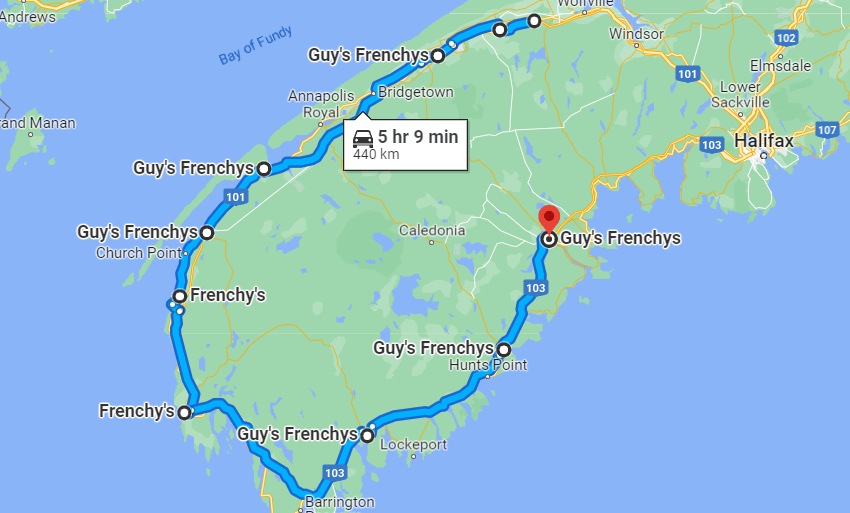
Do you have maple trees on your property? Or considering buying a property that has mature sugar maple trees on it? While not as well known for its maple syrup and sugar shack tradition as Quebec, Nova Scotians as just as sweet on tapping maple trees.
As spring approaches, you can’t help but notice buckets hanging off the trunks of roadside maple trees.
Nova Scotia’s climate provides the perfect conditions for maple syrup production. The sap begins to flow as the days grow longer and the nights remain chilly. Typically, the maple syrup season in Nova Scotia runs from late February to early April, although the exact timing can vary depending on weather conditions. I like to wait until I’m consistently seeing daytime temperatures over above freezing before I tap our large maple tree.
While some larger hobby farms use modern tubing systems to gather the dripping sap, I just use metal taps and sap collection buckets I picked up from the Scotian Gold Country Store in Coldbrook.
Each day, I collect the sap and begin the process of boiling the sap down into syrup. I do this outside on a propane boiler, taking the sap inside to finish the last little bit under my watchful eye on the stove. Each year I typically end up with 3 to 4 litres of delicious, golden, maple syrup. We use it on pancakes, crepes, and other breakfast items, and I set aside a small amount to flavour whiskey with as well.
Even if you don’t have a maple tree on your property, by purchasing Nova Scotia maple syrup, whether from roadside stands, farmers’ markets, or specialty stores, you can directly contribute to the livelihoods of small-scale maple producers and help ensure the survival of this time-honoured craft.
